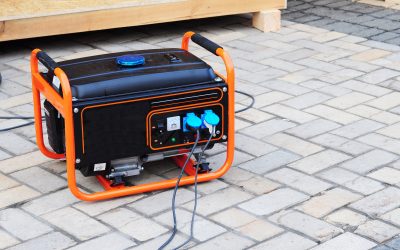There are different options in transformers, including a single phase transformer and those that have two, three or even six phases. It is also not uncommon on some specialized types of equipment to use transformers with many more phases; it will all depend on the specific application.
In general, think of a 3 phase transformer as a series of single phase transformers that are connected via their primary windings. In addition, the secondary windings are also connected to allow the transformer to be used in a three phase power supply. However, they share a core, which is important in lowering the cost of production.
Uses and Applications
These types of transformers are used across multiple types of applications. They are used in the vast majority of electrical power grids around the world as well as in larger and smaller motors or when there is a heavy demand on a system for power.
They are also ideal for larger systems due to the ability to carry three times the power with less wiring requirements. However, they can also be used when low-voltage is required; there will just be a neutral wire that is added to the system to ensure that within the individual 3 phase transformer, equal power is drawn from each of the phases.
Advantages
Not only is the 3 phase transformer able to handle more power with a small, compact type of transformer, it is also less costly to produce. This is because the primary and secondary windings can be connected to each other in multiple types of configurations.
With this option, the same type of three-phase transformer can be configured to suit multiple applications without having to design a different transformer for each. Additionally, since each of the phases is connected, there is a greater power distribution and efficiency, meaning that each phase can use the same core, reducing the cost of production over three single-phase transformers that are connected.



